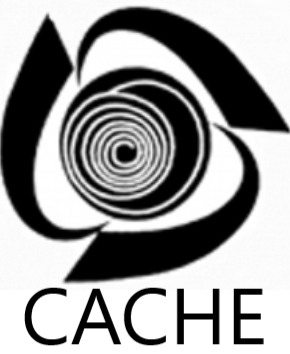Chemical Potential: Screencasts
Shows how the chemical potentials of a solid and a liquid change at constant temperature as pressure increases over a narrow pressure range for a single-component. The different behaviors for water and ethanol are demonstrated.
We suggest you list the important points in this screencast as a way to increase retention.
Shows how the chemical potentials of a solid and a liquid change at constant pressure as temperature increases over a narrow temperature range for a single component.
We suggest you list the important points in this screencast as a way to increase retention.
Optional screencast: What is Chemical Potential? Multi-Component
Important Equations:
Chemical potential definition for a mixture:
\[\mu _i \equiv \left( \frac{\partial \underline{G}}{\partial n_i} \right) _{P,T,n_{j\neq i}} \]
where \(\mu _i\) is the chemical potential of component \(i\)
\(\underline{G}\) is the total Gibbs free energy (nG) for the mixture
\(n_i\) is the number of moles of component \(i\)
For a pure fluid:
\[d\mu = dG = -SdT + VdP\]
where \(\mu\) is the chemical potential (kJ/mol)
\(G\) is the molar Gibbs free energy (kJ/mol)
\(S\) is the molar entropy (kJ/mol-K)
\(T\) is the temperature (K)
\(V\) is the molar volume (m3/mol)
\(P\) is the pressure (bar).
For mixtures:
\[d\underline{G} = \underline{V}dP – \underline{S}dT + \sum _i \mu _i dn_i\]
where \(\underline{G}\), \(\underline{V}\), and \(\underline{S}\) are extensive variables
\(\mu _i\) is the chemical potential of component \(i\)
\(n_i\) is the number of moles of component \(i\)
The summation is over all components in the mixture.
At vapor-liquid equilibrium for a binary system:
\[\mu ^V _1 = \mu ^L _1 \hspace{1cm} \mu ^V _2 = \mu ^L _2\]
For component \(i\) in a mixture:
\[\mu _i – \mu _{i,pure} = RTln\left( \frac{\hat{\,\,\,f_i}}{f_i} \right)\]
where \(\hat{\,f_i}\) is the fugacity of component \(i\) in the mixture
\(f_i\) is the pure component fugacity at the same temperature and pressure
For component \(i\) in an ideal-gas mixture:
\[\mu ^{ig} _i = G^{ig} _i + RTln(y_i)\]
where \(\mu ^{ig} _i\) is the chemical potential of component \(i\) in the mixture
\(G^{ig} _i\) is the Gibbs free energy of the pure-component ideal gas
\(R\) is the ideal gas constant
\(T\) is the absolute temperature
\(y_i\) is the mole fraction of component \(i\) in the mixture.


